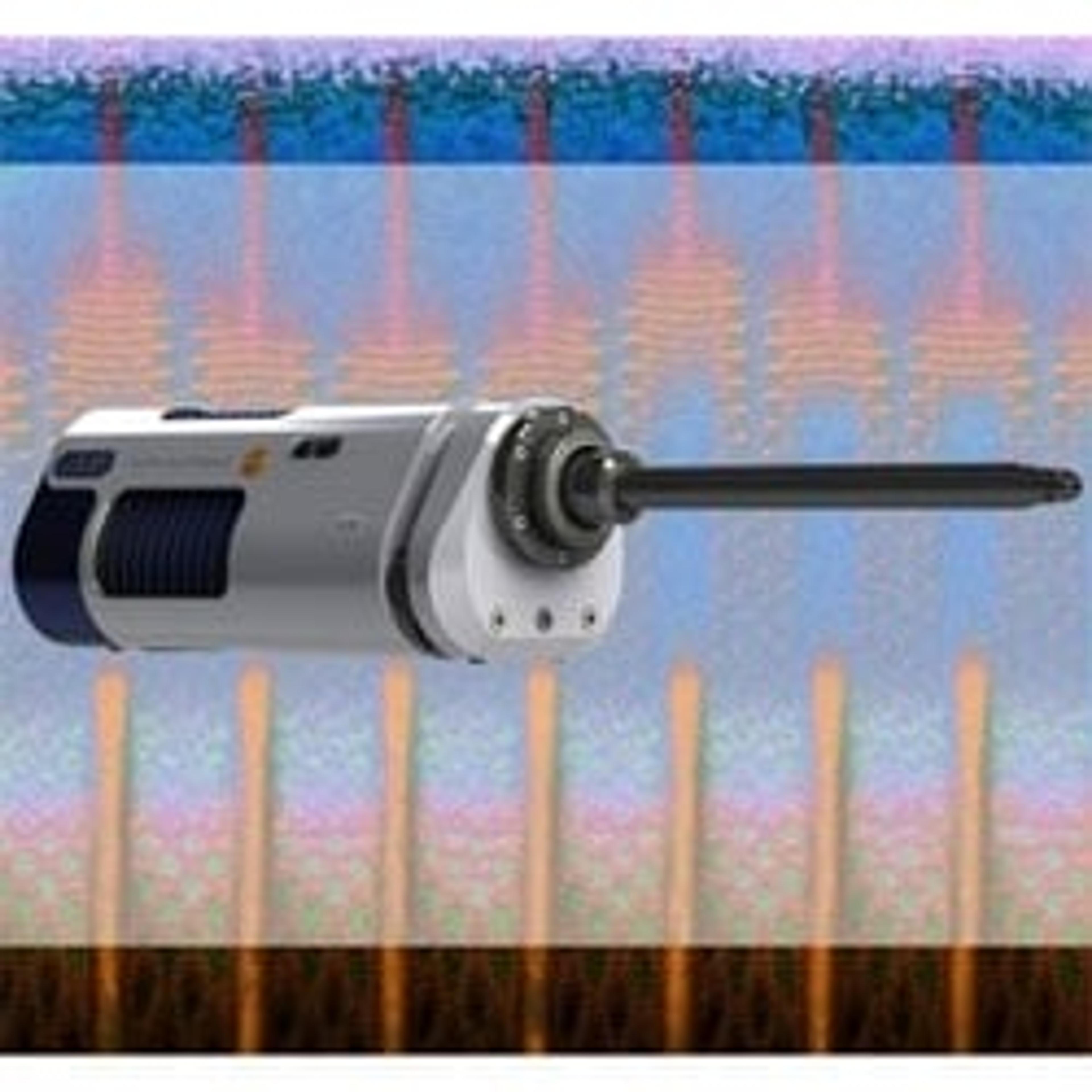Advanced techniques in SEM and EDS for biological samples
Watch this on-demand webinar to explore the applications of biological energy-dispersive X-ray spectrometry and how it can be used in combination with advanced scanning electron microscopy
10 Mar 2022

Energy-dispersive X-ray spectrometry (EDS) measures and maps the distribution of elements within a sample. It can be used as a powerful imaging tool, providing accurate identification of stains, labels, and ultrastructural features. Additionally, EDS can be used to conduct analysis on the relative quantities of a wide range of elements, providing compositional data on native elements and exogenous features.
In this free on-demand SelectScience® webinar, join Dr. Louise Hughes, Business Manager at Oxford Instruments NanoAnalysis, and Dr. Scott Dillon, Research Associate at Oxford University, as they give an introduction to biological EDS, using the Ultim Extreme detector, and how it can be used in combination with standard and advanced scanning electron microscopy (SEM) techniques.
Topics include volume electron microscopy, STEM in SEM, and combining EDS with stereoscopy for topographical information, supported by examples of these applications in research. This webinar also discusses setting up an EDS experiment in an SEM to look at calcium in osteoblasts.
By watching this webinar, you will:
- Understand the added value of compositional information for the identification and interpretation of cell and tissue ultrastructure
- Become familiar with the range of techniques that are available with EDS, the type of information that can be obtained about biological samples in general, and how EDS can be used to address a range of research questions
- Recognize the benefits of combining EDS with advanced SEM techniques
Read on for highlights from the live Q&A session or watch the webinar on demand, at a time that suits you.
How do you ensure the nativeness of a protein?
SD: That is actually a critical weakness of the work that I talked about earlier on. When we do normal room-temperature SEM, we will usually be dehydrating the sample with critical point drying. When we're looking at chemical phases of biominerals, that's critical because it might change the quantity of the elements when you dehydrate it. In an ideal world, we would look at these samples under cryogenic conditions. We would high-pressure freeze these samples and then look at them on a cryo stage with EDS.
Under those conditions, we would maintain those phases and all the associated proteins relatively close to their native hydrated environment. In an ideal world, you would do all of this work under cryogenic conditions, but of course, it's not the easiest thing to do. Instead, we do these dry room-temperature experiments first to make sure there's something to investigate, and then we might look into cryo-SEM at some point in the future.
What are the range and resolution of the new EDS detector?
LH: The resolution will depend on your sample, and that's always going to be the case with electron microscopy as we are very sample-limited. It can resolve structures less than 10 nanometersin material science samples. I have also been able to resolve 10-nanometer gold particles using the STEM-in-SEM method on biological samples. That is at the high end, so you'd usually expect your resolution to be lower than that.
Could you use mouse models of bone disease to investigate matrix vesicles?
SD: Yes, of course, we've got the phospho1 knockout mouse model available and we do plan to move to the analysis of those tissues at some point. It's unfortunate because there are only a few groups in the world that work on phospho1. The only people who have it are my old boss in Edinburgh and his collaborator in San Diego. However, we are working with the team in Edinburgh to get some of those tissues eventually.
I am also quite interested in other models. Something that I've been looking at is using mouse models of osteogenesis imperfecta. This is where we have a genetic mutation in one of the collagen genes which causes a defect in the structure of collagen and is quite a widespread disease in humans.
The collagen structure is critical to this process because it has a templating function. I'm interested in not just the role of phospho1, but the upstream role. After phospho1 has done its job and it has created all of this calcium phosphate, what happens to that calcium phosphate? Is it the role of the collagen to control its nucleation or is it in control of other proteins that are secreted by the cell to control nucleation? Mice models like the osteogenesis model might have some answers there.
What SEMs are you using and what source? Are you using low vacuum modes?
LH: The SEMs I have been using are ZEISS and TESCAN for the data I've presented here, and they have both been FEG (field emission gun) instruments. You can't use low vacuum modes with the Ultim Extreme detector because it doesn't have a window. If you need low vacuum modes, then I would recommend getting a large area detector with a window to ensure that you protect the detector so that it doesn't result in the deposition of material.
SD: I’m using the TESCAN CLARA, which is a newer system, and also with the FEG. I've never tried to do EDS with a tungsten filament. It is possible but you won't get as many X-rays emitted.
What biological sample prep do you need to do in order to do EDS?
LH: There are resources on our website, and there are blogs that I have written talking about biological sample prep. If you go on to our website and have a look at the library resources, you will find the blogs and also some webinars where we've spoken a lot more about sample preparation with respect to biological EDS as well.
Would cryo-electron microscopy approaches be valuable?
SD: Yes, absolutely. Cryo-electron EM is always the gold standard, particularly in biology, because we want to look at things as close to their native environment as possible. However, these experiments do tend to be a little bit more complicated than your standard SEM.
LH: You can do EDS on cryogenic samples provided you've got the right cryo stage in your microscope. The Ultim Extreme is good for this because you've got that extra sensitivity. You can do it with window detectors as well, and we have done that in the past, but the Ultim Extreme does enable you to get that little bit more out of your sample.
SelectScience runs 10+ webinars a month, discover more of our upcoming webinars>>

